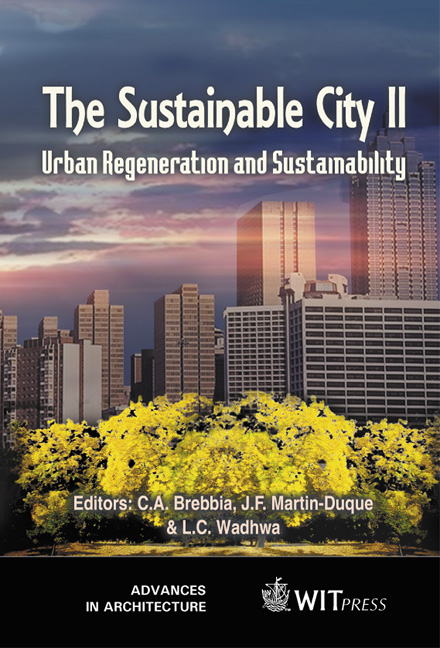Multiple Use Of Space In Railway Station Areas
Price
Free (open access)
Transaction
Volume
54
Pages
Published
2002
Size
612 kb
Paper DOI
10.2495/URS020501
Copyright
WIT Press
Author(s)
Th S de Wilde
Abstract
Rural areas near cities are getting more and more affected by the demands for space from our ever-growing population. Multiple use of space within city limits can diminish these demands and simultaneously contribute to a sustainable city centre. Obviously, it is quite a task to design and construct projects with multiple use of space in urban areas. However, in spite of many difficulties, there are already projects that have been realised. These projects are mostly located in expensive city districts and some of them are partly built above railway infrastructure. Railway stations and railway yards form obvious locations for such projects, because of their central position in a city’s transport network. The paper sets out why railway stations and their direct surroundings are preferable to other inner city locations for these projects and it focuses on opportunities and challenges of multiple use of space as an instrument to add to a sustainable city. To illustrate the practical possibilities of multiple use of space near railways in urban areas, three large- scale reference projects are discussed. 1 Introduction Cities expand. Social demands for more space, with high expectations for its quality, are rapidly affecting the rural areas outside cities. Because of the resulting significant consequences for our environment, the building within city limits has become governmental policy. By making more intensive use of certain occupied spaces in cities, one can meet the demands for more space and one can safeguard the rural environment at the same time. In this respect, multiple use of space is an interesting option to create the demanded building space within urban areas.
Keywords





